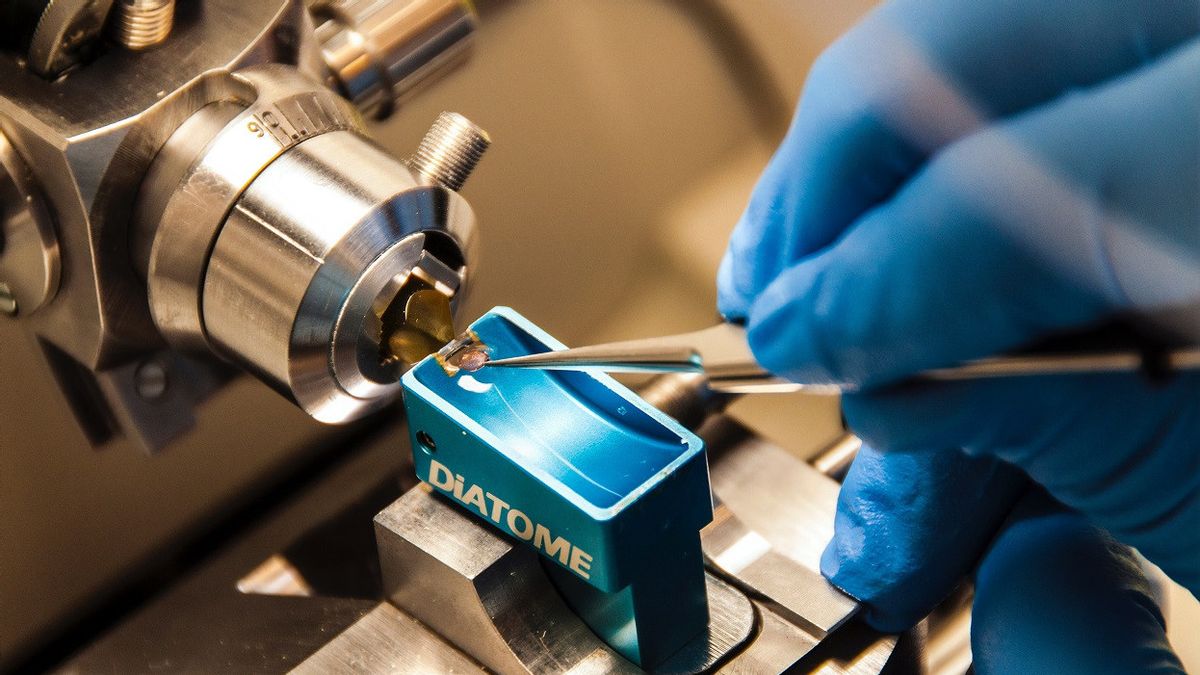JAKARTA - Scientists have developed a wearable device that uses your body heat like a battery.
Our bodies maintain a constant temperature of around 37 degrees Celsius, to allow for the chemical reactions that keep us alive. However, this is not a very efficient process. Much of the heat we generate is lost through about two square meters of our skin.
This new device uses a thermoelectric generator to take advantage of the temperature difference between your skin and the air around it, converting that thermal energy into electricity.
Made by a team at the University of Colorado Boulder (CU Boulder) in the United States, this device is made of an elastic material that fits snugly against the skin and can be worn as a ring or bracelet.
It's also self-repairing, which means it can reconfigure and repair itself as you move. If the device tears, it can be put back together in a few minutes.
Currently, wearables can generate about 1 volt of electricity for every square centimeter of skin. While this is less than most batteries, it's enough to power something like a watch or fitness tracker.
Jianliang Xiao, the senior author of the study, said the new development means that in the future wearable electronics can be powered without batteries.

“Every time you use a battery, you drain that battery and, in the end, have to replace it. The nice thing about our thermoelectric device is that you can wear it, and it gives you constant power", he explained, launching Euronews.
During outdoor activities, the side of the device that doesn't harvest your body heat (cold side), also deflects solar radiation and enhances something called radiative sky cooling to make it more efficient.
This process cools objects by letting heat out of the atmosphere, as a specific wavelength of light, into the universe. A similar principle has been used in the past to make solar panels capable of generating electricity at night.
The team at CU Boulder says the material from this wearable technology is easy to recycle. Once complete, the device can be immersed in a special solution that dissolves the elastic polyamine base and separates the electrical components so that they can be reused.
The fluid can then also be turned back into a new polyamine film, which the team of scientists used to create the new device. Although broken into pieces and then reproduced, the new device turned out to have a power output similar to the original.
"We are trying to make our devices as cheap and reliable as possible, while simultaneously making a zero impact on the environment", said Xiao.
He believes the technology can be marketed in 10 years, delivering next-generation energy-generating devices that are high-performance, adaptable, durable, economical, and environmentally friendly.
The English, Chinese, Japanese, Arabic, and French versions are automatically generated by the AI. So there may still be inaccuracies in translating, please always see Indonesian as our main language. (system supported by DigitalSiber.id)













